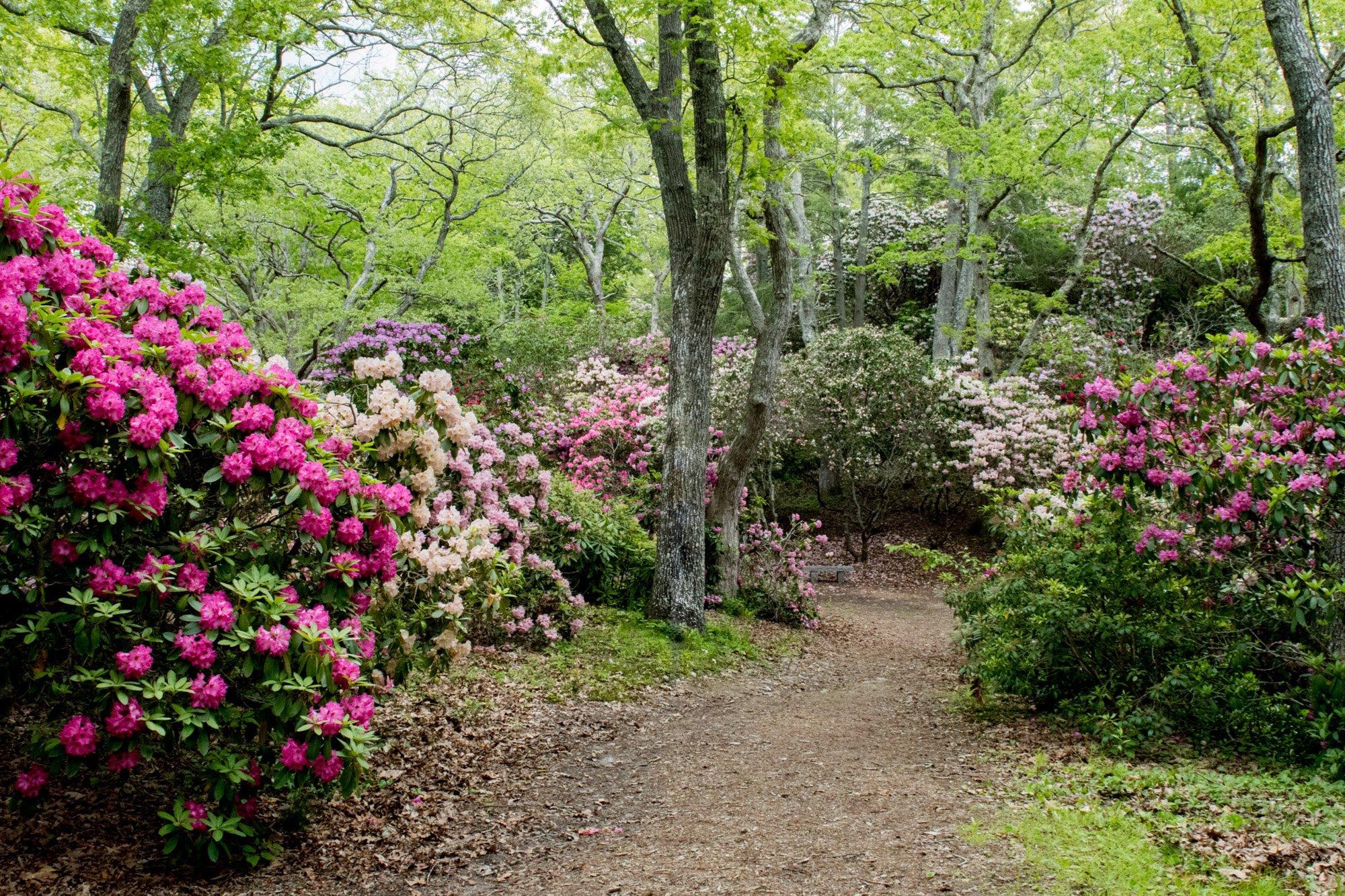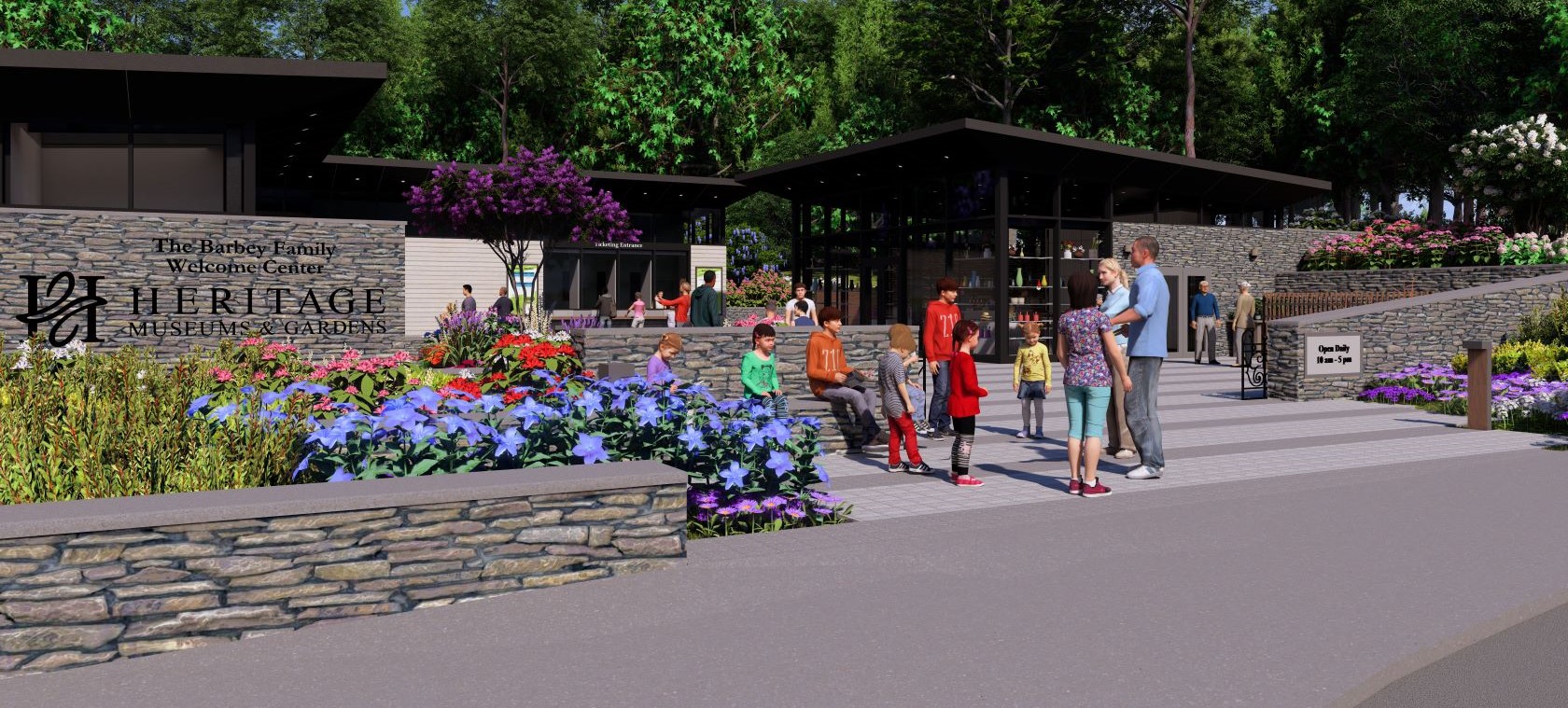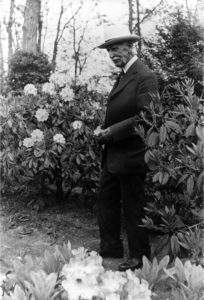 Charles Owen Dexter got some bad news in 1921. At age 59, his doctor told him he didn’t have long to live. What would you do if you got news like that? If you were Charles Dexter, you’d buy some beautiful, rolling farmland on Cape Cod and start hybridizing rhododendrons like there’s no tomorrow. And according to his diagnosis, his tomorrows were extremely limited. Whether the diagnosis was off, or his newfound passion imbued his body with a sense of purpose, he ended up living another twenty-two years! And in those twenty-two years, he was very busy. That diagnosis, which led to the purchase of Shawme Farm that provided the place where Dexter worked his hobby over the subsequent years, changed the world of rhododendrons in the U.S. forever.
Charles Owen Dexter got some bad news in 1921. At age 59, his doctor told him he didn’t have long to live. What would you do if you got news like that? If you were Charles Dexter, you’d buy some beautiful, rolling farmland on Cape Cod and start hybridizing rhododendrons like there’s no tomorrow. And according to his diagnosis, his tomorrows were extremely limited. Whether the diagnosis was off, or his newfound passion imbued his body with a sense of purpose, he ended up living another twenty-two years! And in those twenty-two years, he was very busy. That diagnosis, which led to the purchase of Shawme Farm that provided the place where Dexter worked his hobby over the subsequent years, changed the world of rhododendrons in the U.S. forever.
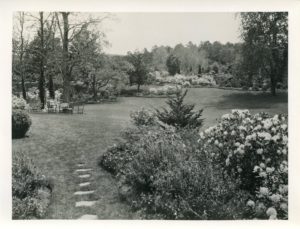
The rhododendron is a hardy flowering plant (the name comes from the Greek words for “rose tree”) that grows all over Asia, North America and parts of Australia. Rhodies can grow to be twenty feet or taller and are known for their showy flowers that bloom in late spring. Before Dexter became enamored with the genus rhododendron, the plants in New England were generally not very hardy and not particularly showy. All that changed, thanks to Charles Dexter. When he embarked on his rhododendron adventure, he wanted to cross the hardy ‘ironclad’ hybrids available in his local New England nurseries with the more beautiful, but delicate, varieties imported from Europe. He began collecting plants, many from areas where rhododendrons were quite showy, but generally not hardy on the Cape. He crossed (bred) these plants with other, more hardy species to try to breed-in cold hardiness while also developing more attractive plants. Later, he experimented with some Asiatic cultivars as well. Over the next two decades, he and his chief gardener, Antonio Consolini, produced between 150,000 to 200,000 seedlings, which they planted all over the farm. Dexter’s plants often bloomed much sooner than other hybrids, but he got a reputation for shoddy work because he so often gave away seedlings before adequately judging their quality. The weaker varieties gave the impression that his work was less significant than it really was. During his lifetime, Dexter bred, grew and either planted-out or gave away tens of thousands of plants. Many ended up at friends or relatives’ homes scattered from New England to South Carolina. There are collections of ‘Dexter’s’ at gardens such as Winterthur in Wilmington, DE, Swarthmore College on the Main Line in Philadelphia, Longwood Gardens in Kennett Square, PA, and The New York Botanical Garden in NYC. But the real home of this amazing group of plants is Heritage Museums & Gardens, Sandwich, MA, Cape Cod.
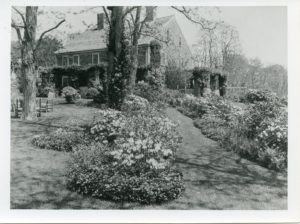
Interestingly, Dexter did not realize the importance of what he was doing at the time, and he only named six cultivars. Fortunately, the significance of his botanical contribution was recognized shortly after his death in 1943, when a group of horticulturists got together to select and propagate the best of Dexter’s hybrids. The remainder of the 175(+-) named ‘Dexter hybrids’ have been named since his passing. Today, more than one hundred of the named Dexter cultivars can be found at Heritage Museums & Gardens.
For the month or so while the rhodies bloom, we admire the beauty of what Dexter brought to the world when he thought he had so little time left in it. It is a reminder to enjoy each day, especially the days we can spend in a garden.


